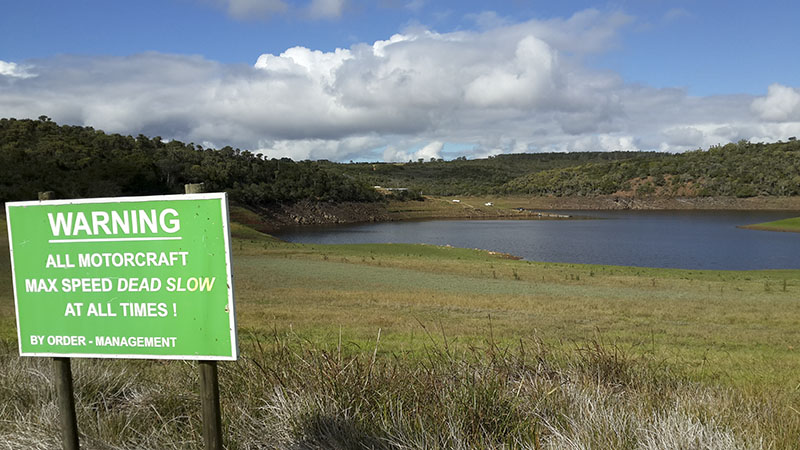
The Department of Water and Sanitation in Eastern Cape is still concerned about the low water levels in certain dams around the province. The current low water levels can be largely attributed to lack of rains caused by drought and climate change.
“The situation could get worse as we are fast approaching the winter season which could mean less rain,” according a press release from the Department of Water and Sanitation, which urged all water users in the province to use water wisely to prevent a disaster from happening.
“In certain municipalities water restrictions have been implemented as part of mitigating the drought and to prevent a disaster. Although we had some rains in some parts of the province in the past weeks, they did not make any significant impact in our dams.”
According to a dam report released by Department of Water and Sanitation this week, the average Eastern Cape dam levels are at 62% compared to 72% at this time of the year in 2016. This is a sharp decline and it calls for all of use to be really careful how we use water.
The Algoa Water Supply System is at 39.6% compared to 78.2% at this time of the year in 2016. These dams include: Impofu – 65.7%, Kouga–23%, Loerie – 44.8% and Groendal –56.2%. The Amathole Water Supply System is at 70.5% compared to 88.5%at this time last year. The dam levels for the dams that form part of the Amathole Water Supply System are as follows: Laing – 98.7%, Rooikrantz – 99%, Gubu – 97.1%, Bridle drift – 44.9%, Nahoon – 50.1% and Wriggleswade – 92.3%.
Said the press statement: “Water users in the province are reminded South Africa is regarded as a water scarce country. Therefore, it is important for everyone to play their role in saving this important resource. The Department of Water and Sanitation would like to urge everyone to adhere to water restrictions imposed by their respective municipality.”
NOW READ PAGE 19: What’s the plan for when the dams dry up?


